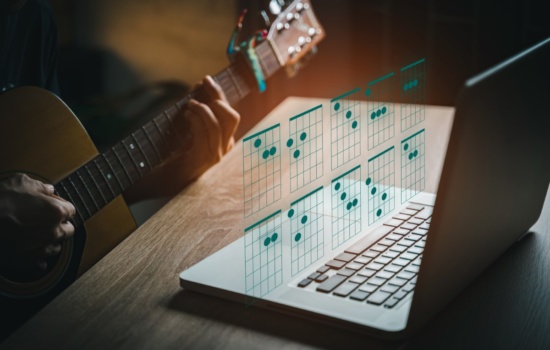Music theory explains why and how certain notes and chords go together. More specifically, it’s the study of how music works and the “rules” we can follow.
You don’t need music theory to become a good or successful musician, but knowing the basics can help you improve faster and in a way that makes the process of making music easier.
Victor Wooten, Grammy award-winning bassist and music educator, said he got better by taking music theory classes, and he realized it wasn’t all that complicated.
“I found out that music theory is easy,” he said. “It’s not hard.”
His point is, some teachers can complicate music theory when they don’t need to. So in this article, we’re going to keep it as simple as possible.
And as Grammy-winning multi-instrumentalist Jacob Collier says, it’s never too late to learn music, music theory, or how to play an instrument.



